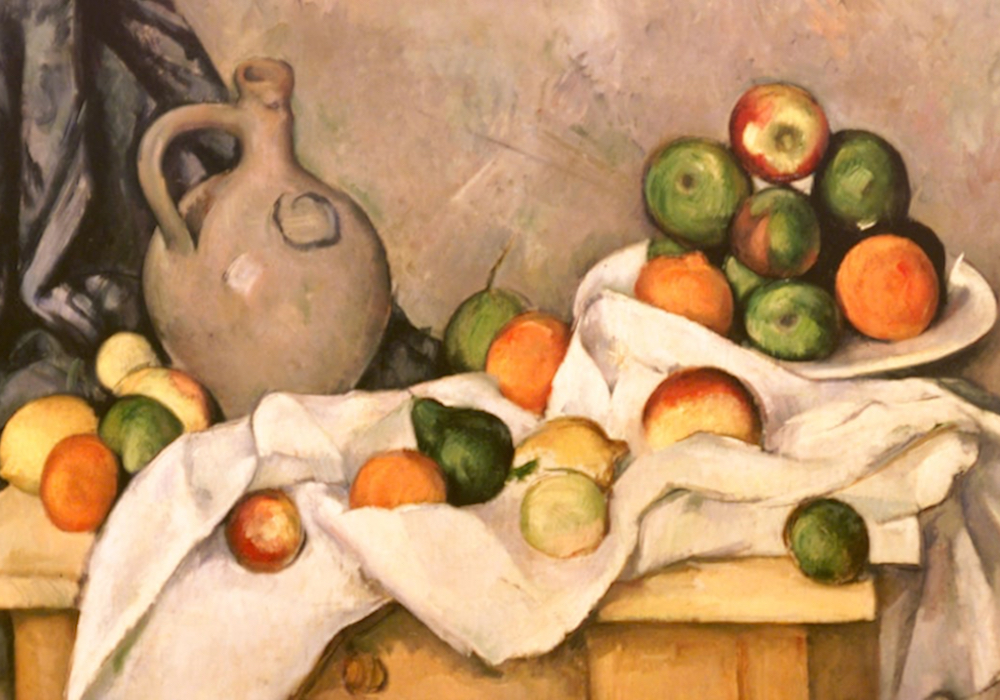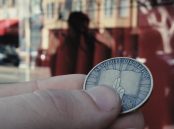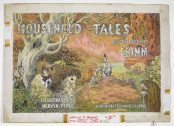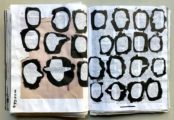[dropcap style=”font-size:100px;color:#992211;”]F[/dropcap]rom the juicy grapes depicted by Clara Peeters to Cézanne’s colourful apples, fruit and vegetables have appeared on myriad canvases over the centuries. Now researchers want the public to send in their snaps of such paintings to help unpick how our produce has evolved.
The duo behind the idea say harvesting such images could help shed light on the shapes and colours fruit and vegetables have taken over the years, as well as when and where such forms cropped up. They add it could even offer information on factors such as trade routes and food habits.
“This method allows us to regard worldwide artistic collections, including sculpture and pictorial art, as the world’s largest historical database of almost any fruit, vegetable, legume, grain, nut, and seed that was ever consumed,” they write.
Ive De Smet of the VIB-UGent Center for Plant Systems Biology in Belgium, one half of the team, said the approach has already added to doubt that carrots are orange only because the Dutch purposely cultivated such vegetables in honour of William of Orange.
While he said paintings show the vegetable only became popular from the early 17th century, he notes there are many depictions of orange carrots in earlier paintings.
“The orange carrot for sure existed earlier because we see Byzantine depictions,” said De Smet, adding orange carrots also turn up in paintings from around Antwerp before they appear in the Netherlands.
De Smet said combining such findings with genetic studies could bear further fruit, an approach the team calls #ArtGenetics. “If you would be able to get archaeological evidence, [DNA from] carrot seeds buried in cesspits in old monasteries and things like that, from that period around Antwerp and in the Netherlands, you would be able to validate our hypothesis.”
The team noted that paintings and genetics had previously proved complementary, with ancient Egyptian depictions of green-striped watermelons backing up a genetic analysis of a 3,500-year-old watermelon leaf from a pharaonictomb that suggested the fruit was already domesticated at that time, with a sweet, red flesh.
Writing in the journal Trends in Plant Science, De Smet and David Vergauwen of the art education institution Amarant, say while the history of plant-based food can be gleaned from texts and archaeological remains, these approaches have limitations, among them that cookery books rarely describe the physical appearance of ingredients, while DNA is not always available for plants grown in the past.
However, the team says expert interpretation of paintings is important as there can be plenty of red herrings, from abstract depictions of fruit and veg, to artistic licence with seasonal availability.
That said, unusual depictions can seed new ideas. De Smet said the project had its roots in a visit to a gallery in St Petersburg, where he was surprised to see a white-fleshed, yet apparently mature, watermelon by Frans Snyders — an artist Vergauwen noted was renowned for his accuracy.
De Smet said he hoped watermelons would be among the fruit and vegetables the public send in, helping the duo map where and when white-fleshed varieties became popular, given red-fleshed watermelons appear to date back thousands of years.
“If we find a 10th century red one that would be nice. If we find more 16–17th century white-pink ones that is also nice,” he said.
To get involved, email your photographs of paintings depicting fruit and vegetables together with the artwork’s information and details about the plants it contains to ArtGeneticsDavidIve@gmail.com.
Source: The Guardian
Image: Paul Cézanne, Still Life with Curtain, Pitcher and Bowl of Fruit

Naila Scargill is the publisher and editor of horror journal Exquisite Terror. Holding a broad editorial background, she has worked with an eclectic variety of content, ranging from film and the counterculture, to political news and finance.




















